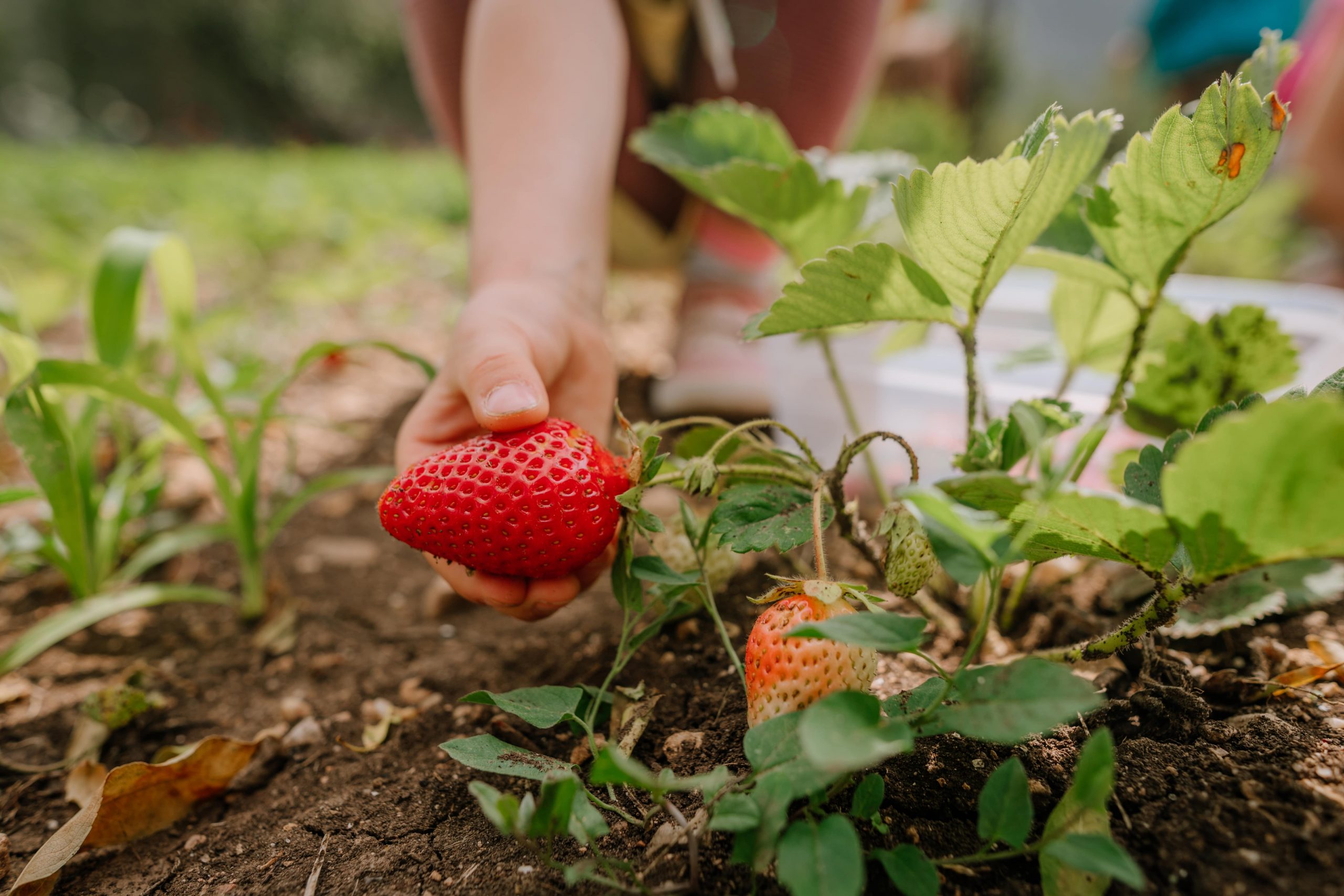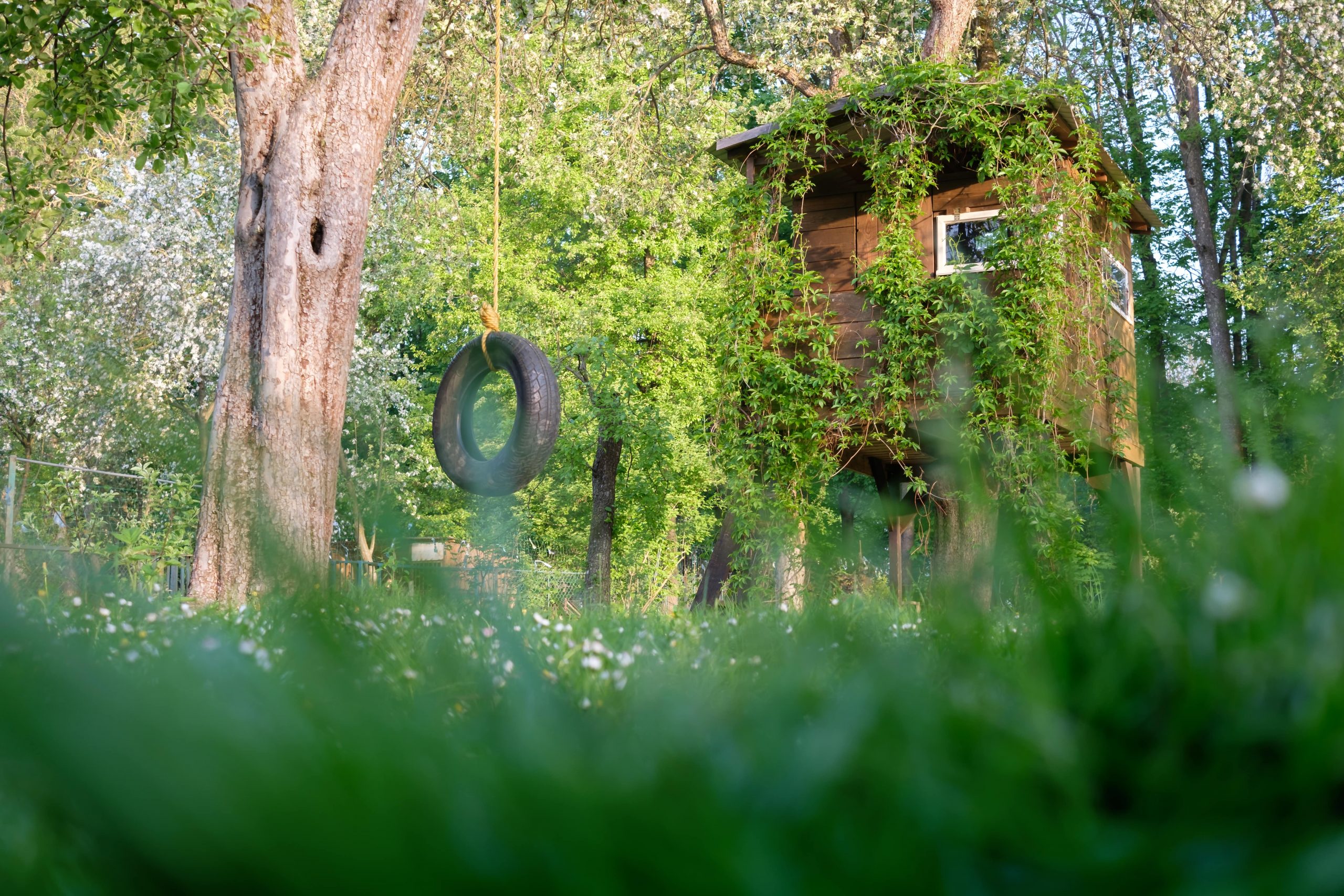If you have a backyard, you can put it to good use by growing your own food. Not only is backyard farming a great way to get fresh, healthy produce, but it can also be a beautiful and relaxing addition to your home. With a little planning and some creativity, you can design a backyard farm that fits your needs and style.
Here are a few backyard farming design ideas to get you started:
1. Decide what you want to grow.
The first step in designing your backyard farm is deciding what crops you want to grow. Do you want to grow vegetables, fruits, herbs, or all of the above? Once you know what you want to grow, you can plan out your garden beds and choose the best location for them in your yard.
2. Consider the amount of sun and shade in your yard.
When choosing what to grow in your garden beds, it’s important to consider the amount of sun and shade in your yard. Some crops need full sun, while others do better in partial shade. Make sure to research the sun and shade requirements of the crops you want to grow before you plant them.
3. Create a water source for your garden beds.
All plants need water to survive, so it’s important to create a water source for your garden beds. If you have a hose, you can hook it up to an outdoor faucet and use it to water your plants. If you don’t have a hose, you can install a soaker hose or irrigation system. You can also collect rainwater in barrels or buckets to use on your plants.
4. Add some mulch to your garden beds.
Mulch is a layer of material (usually organic) that you spread over the surface of your garden beds. It helps retain moisture in the soil, prevents weeds from growing, and keeps the roots of your plants warm in the winter and cool in the summer. There are many different types of mulch available, so choose one that’s right for your climate and plants.
5. Plant some flowers around the edge of your garden beds.
In addition to being beautiful, flowers can also attract bees and other pollinators to your garden. This is beneficial because pollinators help with plant reproduction by transferring pollen from one flower to another. Some flowers that attract pollinators include lavender, sunflowers, and cosmos.
6. Build a fence around your garden beds (if needed).
If you have pets or children who like to play in the yard, you may want to build a fence around your garden beds to keep them out. This will also protect your plants from being trampled or eaten by animals. There are many different types of fencing materials available, so choose one that’s right for your climate and budget.
7. Add some lighting to your garden beds (if needed).
If you live in an area with short days in the winter, you may want to add some lighting to your garden beds so you can continue to grow crops year-round. You can install solar-powered lights or plug-in lights around the perimeter of your garden beds.
How do you design a backyard layout?
When planning the design of your backyard, the first step is to think about how you want to use the space. Do you want a place to relax and entertain guests, or are you looking for a more functional space for gardening and storage? Once you have a good idea of how you want to use the space, you can start planning the layout.
One of the most important things to consider when designing your backyard is the placement of your home. You’ll want to make sure that any outdoor living areas are close to the house for easy access. You’ll also want to consider things like where the sun will be during different times of day, as this can affect how comfortable your backyard will be.
Once you have a general idea of the layout, you can start thinking about what features you want to include. Do you want a pool, a deck, a patio, or all three? What kind of landscaping do you want? Do you want to include a garden or some other type of outdoor living space?
As you start planning the design of your backyard, keep in mind that it’s important to create a space that flows well and feels cohesive. You don’t want it to feel like a bunch of unrelated features thrown together. Take some time to plan out the design carefully and make sure that everything works together harmoniously.
If you’re not sure where to start, there are plenty of resources available to help you plan the perfect backyard layout. You can find books and magazines dedicated to backyard design, or you can search online for inspiration. There are also plenty of software programs that can help you plan and visualize your backyard design. Once you have a good idea of what you want, it’s time to start putting your plan into action!
How do we start backyard farming?
Have you ever wanted to start a backyard farm? Maybe you have a few acres and are looking for a way to use the land to provide for your family. Or, maybe you just have a small backyard and are looking for a way to grow some of your own food. Whatever your reason, starting a backyard farm can be a great way to provide fresh, healthy food for your family while also getting some exercise and fresh air.
So, how do you get started? Below are some tips to help you get started with backyard farming:
1. Decide what you want to grow.
The first step is to decide what crops you want to grow. Do you want to grow vegetables, fruits, herbs, or all of the above? Once you know what you want to grow, do some research on which crops will do well in your area and what kind of care they will need.
2. Choose the right location.
Not all backyards are created equal when it comes to farming. You will need to choose a location that gets plenty of sunlight and has good drainage. If your backyard is too shady or has poor drainage, you may need to look into raised beds or containers.
3. Prepare the soil.
Once you have chosen the perfect location for your farm, it’s time to prepare the soil. This may involve tilling, adding organic matter, or amending the pH levels. Getting the soil ready can be a lot of work, but it’s worth it in the end.
4. Plant your crops.
Now it’s time to start planting! Be sure to follow the instructions on the seed packets or transplants so that your crops have the best chance of thriving. Water regularly and keep an eye out for pests or diseases.
5. Harvest and enjoy!
After all your hard work, it’s finally time to harvest your crops! Depending on what you’re growing, this can be done by hand or with the help of machinery. Once your crops are harvested, wash them and enjoy the fruits (or vegetables) of your labor!

